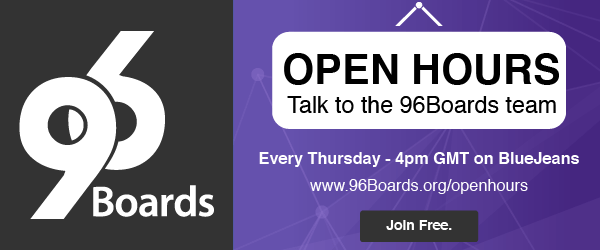Introduction
Hello and Welcome to the blog on “Sophon Edge Mainlining Update - Part 1”. This blog will summarise the recent mainlining efforts for Sophon Edge board in Linux kernel.
Sophon Edge Board
Sophon Edge board is one of the 96Boards Consumer Edition and AI platform. This board is designed for bringing powerful Deep Learning capability to various types of applications through its quick prototype development. Sophon Edge Developer Board is powered by a BM1880 SoC, equipped with tailored TPU (Tensor Processing Unit) for deploying Neural networks. While looking at the board, it seems very obvious that it doesn’t follow some of the 96Boards specification like no High speed expansion header, no HDMI port etc… But there is an obvious reason for it to be published as the 96Boards.
The reason is the heterogeneous nature of the SoC. BM1880 SoC consists of following processing Units:
- Dual ARM Cortex A53
- MCU grade RISC-V core
- Tensor Processing Unit
This will allow developers to leverage the processing capability of the multiple processing units thus increasing the performance. Because of this reason, this board got the waiver and released as the 96Boards compatible board.
Mainlining Update
We decided to upstream the Linux kernel support for this board focussing only the Dual ARM cores. One of commandable feature of this SoC is the usage of the standard IPs like Synopsys Designware Serial IP, Synopsys Designware GPIO IP, Synopsys Designware DMA IP and so on. These IPs are already well supported in mainline thus require minimal work to upstream this SoC platform.
As a first step, I added a minimal devicetree for this board which would just allow the board to boot into initramfs console with both CPUs. There was no driver support needed since I reused the existing drivers. Once the patchset was ready, I tested and submitted it to LKML.
https://lkml.org/lkml/2019/1/25/909
It was reviewed quickly and got the approval.
Conclusion
Now the next step is to send a Pull Request to ARM SoC maintainers to add this platform support. This could end up being in the mainline tree soon. This will be followed by the peripheral support to make the board fully functional in mainline. Stay tuned for updates!






